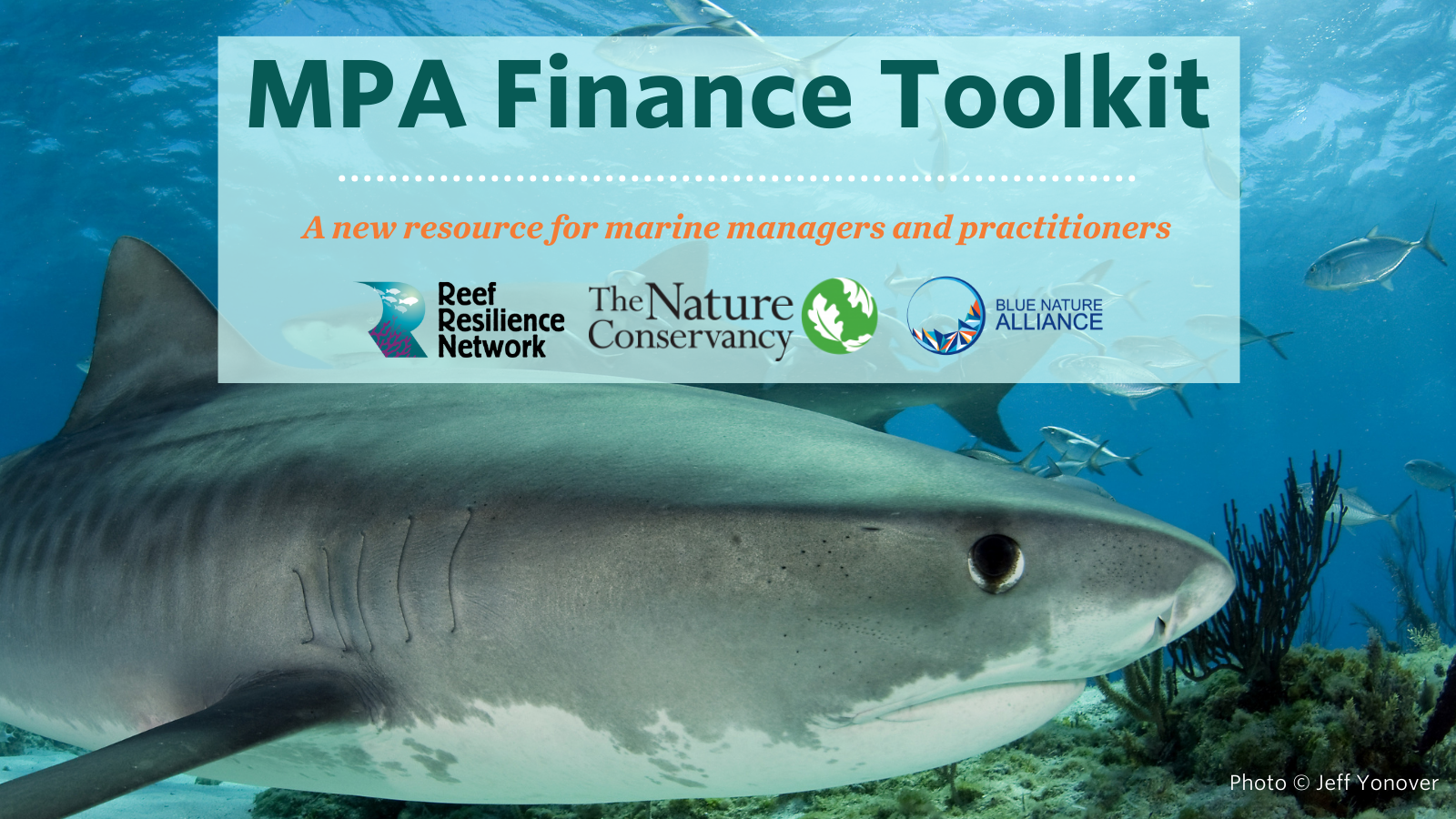This study assessed the coral community composition, bleaching, and mortality across a gradient of anthropogenic disturbance levels before, during, and after a prolonged heatwave during the 2015-2016 El Niño event on Kiritimati’s coral reefs. The year-long heatwave raised temperatures consistently across the atoll, allowing the study to evaluate the impacts of heat stress across a gradient of human disturbance. Few prior studies have evaluated how exposure to local disturbances modulate the impacts of heat stress on coral reefs and those studies that did have conflicting results.
Prior to the El Niño event, coral cover on Kiritmati’s reefs varied from 62% to 1.6%. The primary factor determining the difference in coral cover was chronic human disturbance — areas with more disturbance had less coral cover.
Community level impacts
All reef sites — both pristine and disturbed — experienced extensive mortality during the year-long heatwave resulting in nearly 90% loss of coral cover.
The life history strategies of the various coral communities were considered. Corals with a “competitive” life history, such as Acroporas and Montiporas, are efficient at using resources and can dominate communities in productive environments. On the other hand, corals with a “stress-tolerant” life history have traits that are advantageous in chronically harsh environments.
Prior to the heatwave, sites with low human disturbance were dominated by corals with competitive type life history strategies. In contrast, sites with very high disturbance had less competitive coral cover and more stress-tolerant coral types. Coral cover of both life histories (competitive and stress-tolerant) decreased due to the heatwave, but sites with competitive coral types experienced greater coral cover loss during the heatwave.
Individual coral species
When looking at individual coral species, chronic disturbance had a negative effect on coral survival. Survival of stress-tolerant species was 2-10 times higher in areas without anthropogenic disturbance. Corals with competitive life history strategies were so sensitive to the prolonged heatwave that they nearly all died, regardless of disturbance level.
Assessing coral bleaching and mortality
Coral bleaching is the most common metric of ecological impact to reefs recorded during heatwaves. However, using repeated sampling, this study was able to show that bleaching does not accurately predict coral mortality because corals can recover from bleaching. In fact, the species with the highest bleaching incidence early on had the lowest mortality, while species with low initial bleaching eventually suffered near complete mortality.
Implications for managers
- Reducing greenhouse gas emissions is critical in protecting reefs from the increasing frequency and intensity of climate-change amplified heatwaves. In addition, managers should engage in other strategies that enhance coral resilience.
- Managing anthropogenic disturbances (in particular, by improving water quality) can improve the survival rates of some coral species during heatwaves. Other species (e.g., competitive life history types) may bleach nonetheless, due to their low thermal tolerance.
- Stress-tolerant coral species are less likely to die during heatwaves, and therefore increase their relative proportion across reefs.
- Increased sampling of bleaching status and mortality during heatwaves is needed to better assess the ecological impacts.
Authors: Baum, J, K. Reveret, D. Claar, K. Tietjen, J. Magel, D. Maucieri, K. Cobb, and J. McDevitt-Irwin
Year: 2023
View Full Article
Science Advances 9: eabq5615. Doi: 10.1126/sciadv.abq5615


